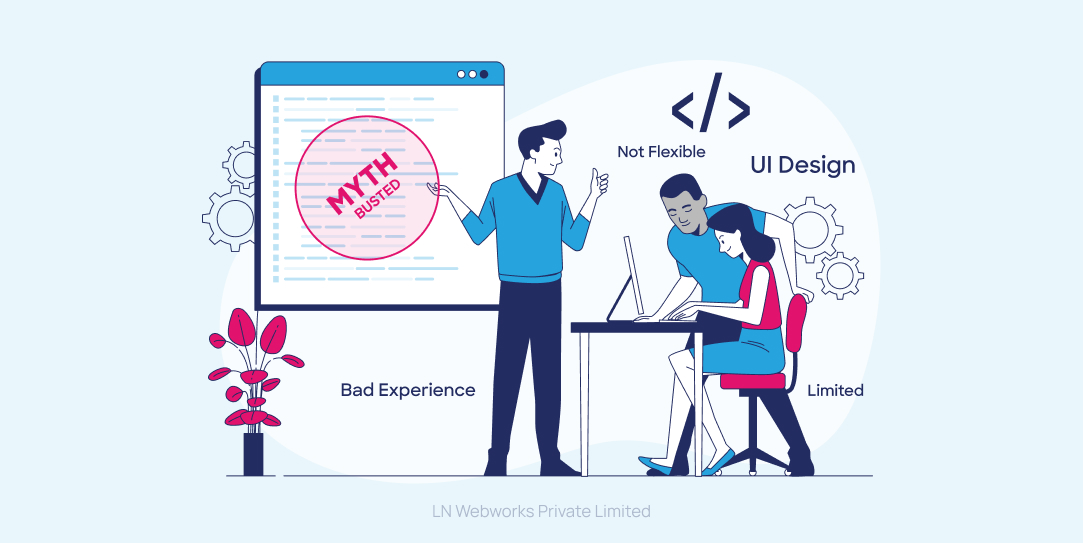OpenBGPD 8.0 released
OpenBGPD,
the OpenBSD Border Gateway Protocol (BGP) routing daemon,
version 8.0.
The
announcement
reads,
From: Claudio Jeker <claudio () openbsd ! org> Date: Thu, 04 May 2023 16:24:30 +0000 To: openbsd-announce Subject: OpenBGPD 8.0 released We have released OpenBGPD 8.0, which will be arriving in the OpenBGPD directory of your local OpenBSD mirror soon.




